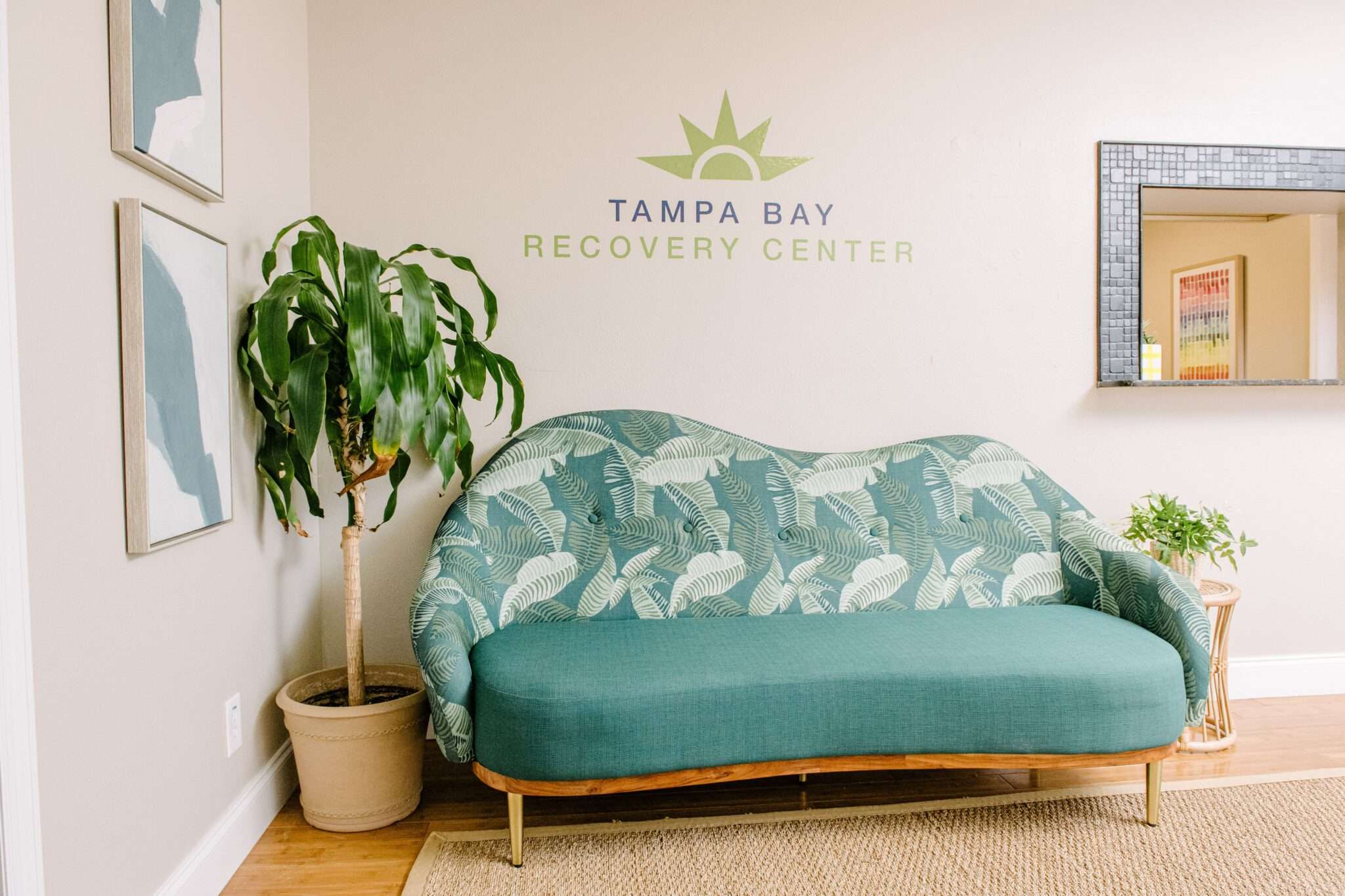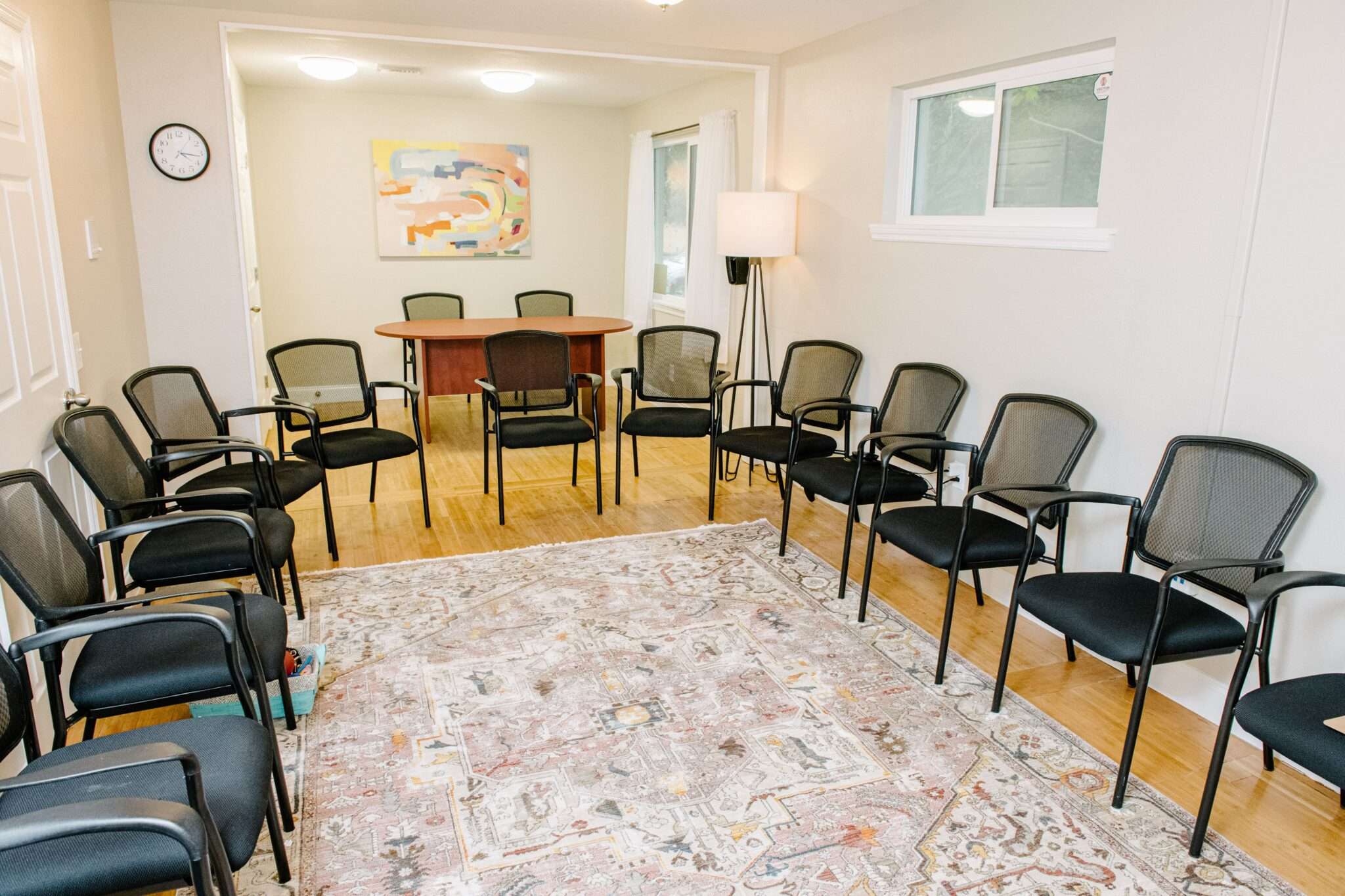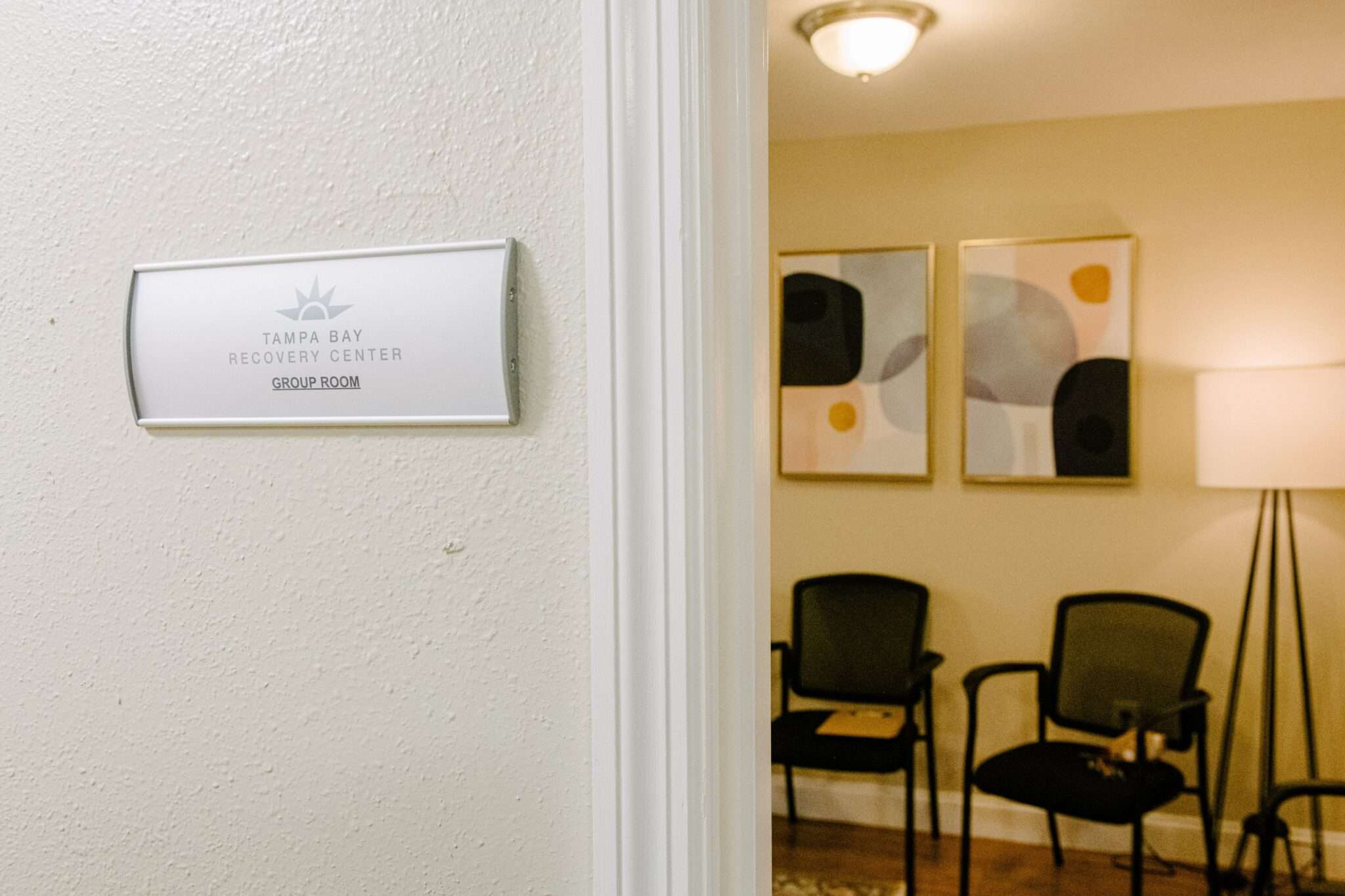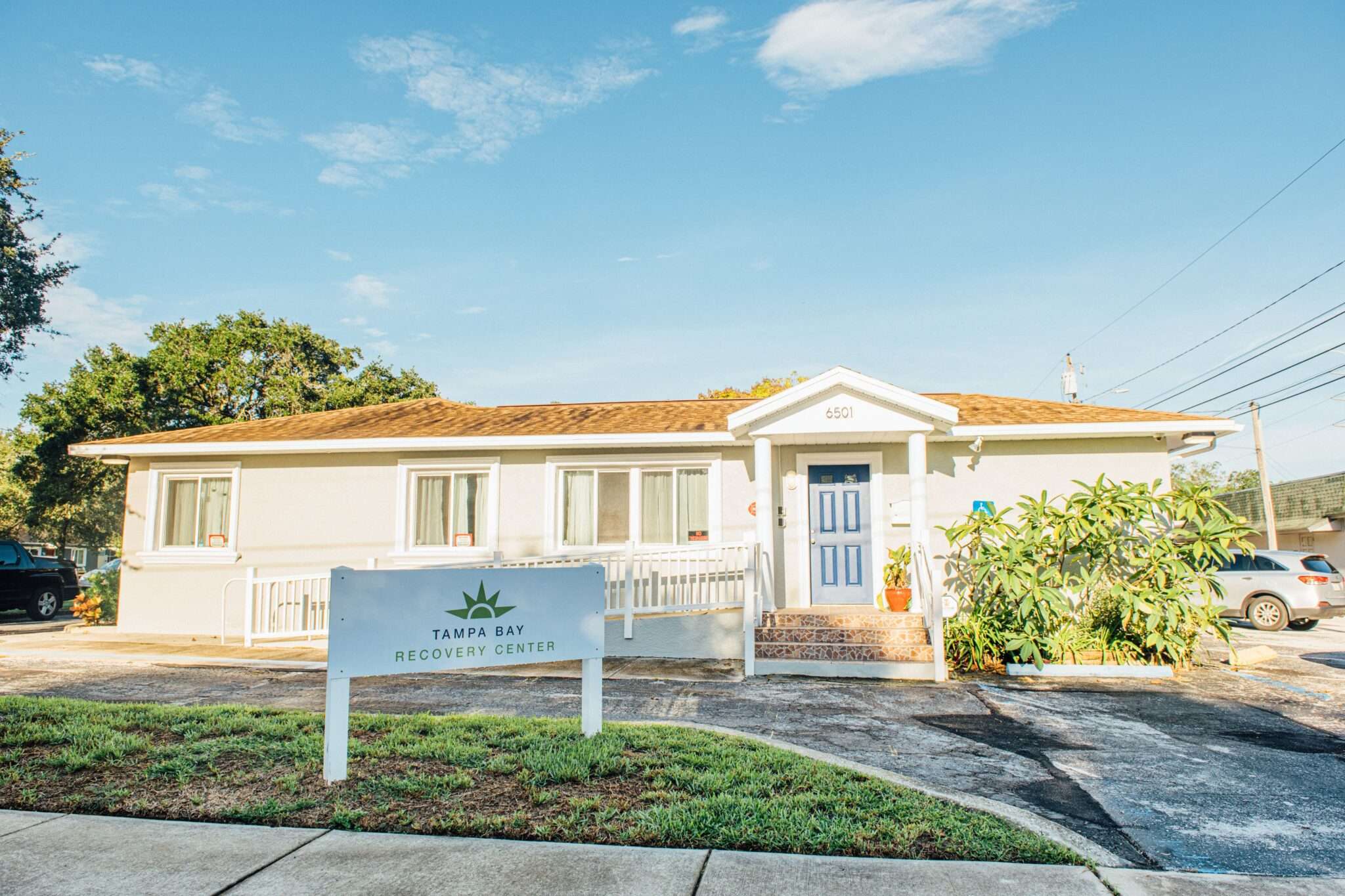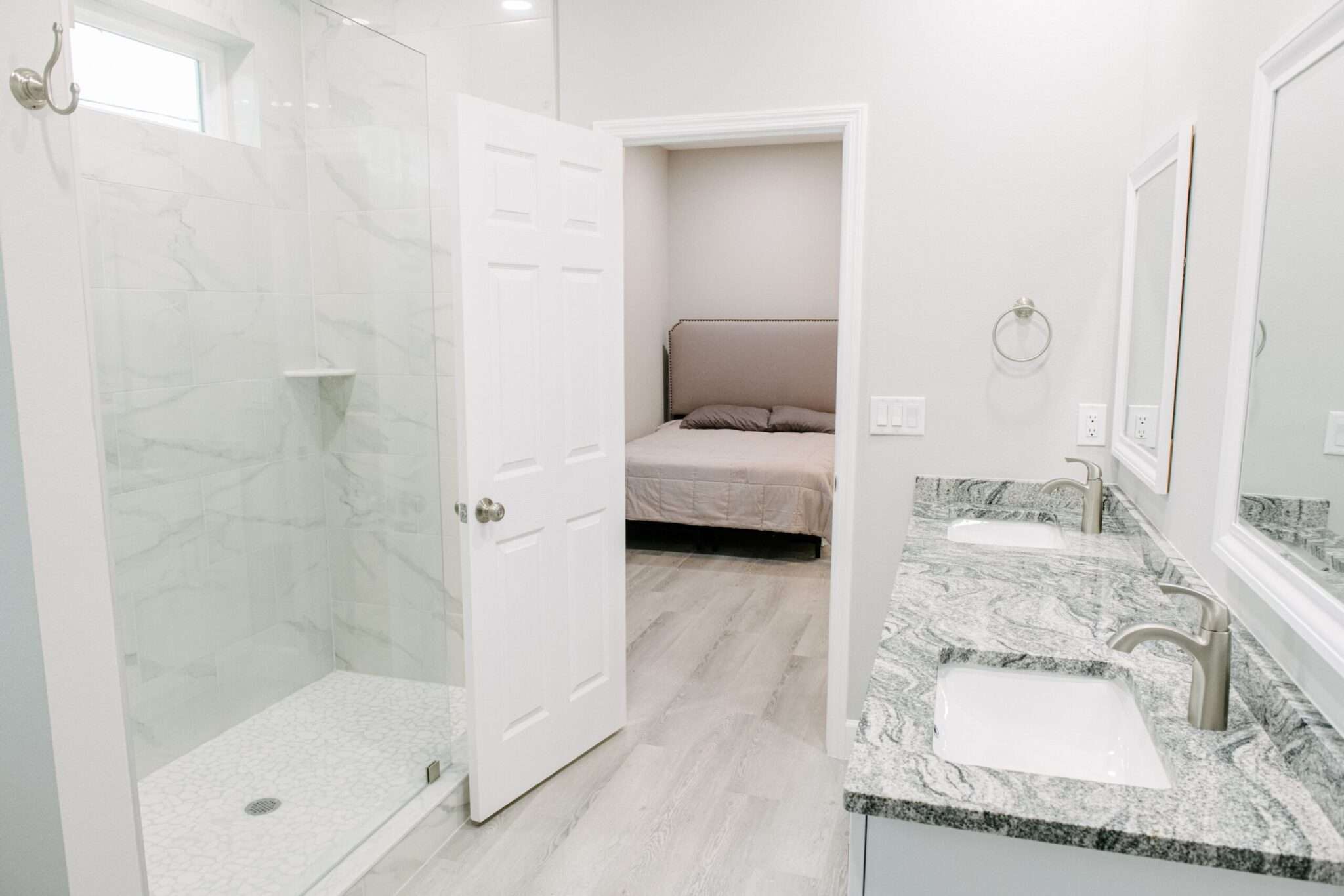It can be difficult to tell the difference between a personality disorder vs a mood disorder. However, a proper diagnosis is necessary to find the best treatment approach for either disorder. Mental health professionals can help you identify which type of disorder you have—and help you overcome your symptoms.
Gulf Coast Recovery Center is a mental health treatment center in Tampa, Florida, that can help you whether you have a mood disorder or a personality disorder. Our team of dedicated professionals can provide you with a proper diagnosis so that you can start treating your symptoms and regain control of your life.
Differences Between a Personality Disorder vs a Mood Disorder
There are several differences between a personality disorder vs a mood disorder. However, the main difference is within the root causes of each disorder.
Personality disorders develop over time as a pattern of behavior and thinking that causes problems in relationships and other areas of life. Additionally, people with personality disorders have distorted views of themselves. For instance, a person with narcissistic personality disorder feels superior to others. Conversely, someone with avoidant personality disorder believes they aren’t as good as other people.
Mood disorders, on the other hand, affect a person’s emotional state and are often due to chemical imbalances in the brain. Their moods could be unstable, dipping to devastating lows and elevating to extreme highs. Or, they could have low levels of depression every day, like dysthymia or high-functioning depression.
How Are Personality and Mood Disorders Similar?
Personality and mood disorders are similar in the way they can negatively impact a person’s life. You might struggle to maintain a job, build healthy relationships, or live a fulfilling life. In addition, you might abuse alcohol or drugs to cope—developing a dual-diagnosis disorder in the process.
Personality and mood disorders are also similar in terms of symptom presentation. Although the diagnosis and cause differ, many symptoms look similar to loved ones and treatment professionals. Because of this, it can be difficult to get a proper diagnosis when you first begin treatment.
Why Is It Hard to Tell the Difference Between Personality and Mood Disorders?
It can be hard to tell the differences between a personality personality vs a mood disorder because many symptoms overlap. For example, a person with bipolar disorder could experience delusions of grandeur during a manic phase. This inflated sense of self-importance could mimic the primary characteristic of narcissistic personality disorder.
Another reason it can be difficult to distinguish between the two disorders is that underlying risk factors can be similar. Borderline personality disorder (BPD) is often linked to traumatic experiences in childhood—especially neglect and abuse. However, trauma can also cause you to develop a mood disorder like depression.
Can You Have Both a Personality Disorder and a Mood Disorder?
Yes, you can have both a personality disorder and a mood disorder. According to a study published in the Journal of Affective Disorders, “12.2 % of patients [in the study] with bipolar disorders have co-existing personality disorders.” Furthermore, the study states that a person with a co-existing personality and bipolar disorder is more likely to have a substance use disorder than those with bipolar alone. They are also more likely to attempt suicide.
However, treatment for both disorders can help you improve your mental health and overall life satisfaction.
How Are Personality and Mood Disorders Treated?
Mood disorders, like depression, seasonal affective disorder (SAD), and bipolar disorder, are treated with a combination of psychiatric medications and psychotherapy. You can also enhance your treatment plan with holistic practices, such as red light therapy and mindfulness. Since each person’s symptoms and experiences are different, your treatment plan could differ from others.
Personality disorders are treated similarly, however, the focus and approach might differ. Since personality disorders can significantly disrupt relationships, you might spend more time learning social skills. Therapy will often focus on changing distorted thinking patterns.
Both disorders could involve some of the following techniques:
- Cognitive-behavioral therapy (CBT) is one of the most common therapeutic modalities. During CBT, your therapist helps you change unhealthy thought patterns and beliefs that affect your mood and behavior.
- Dialectical behavior therapy (DBT) was developed by Marsha Linehan as a form of CBT to treat borderline personality disorder (BPD). However, DBT is also effective in treating mood disorders, anxiety, post-traumatic stress disorder (PTSD), and substance use disorders.
- Psychiatric medications, like anti-depressants and mood stabilizers, treat overlying symptoms of both mood and personality disorders.
- Support groups can help you connect with others who have similar struggles and experiences. These groups can help you share your story as well as learn from your peers.
Get Help for Your Mental Health Today
Knowing the difference between a personality disorder vs a mood disorder can help you target your needs in treatment. That way, you can learn the most effective coping skills to reduce your symptoms and improve your overall quality of life. Since many symptoms of personality and mood disorders overlap, mental health treatment centers, like Gulf Coast Recovery Center in Tampa, can help with both disorders.
Mental health disorders including mood and personality disorders can disrupt your ability to lead a happy and fulfilling life. But there is hope for brighter days, and it starts when you reach out for help.
Contact us today to begin mental health treatment in Tampa, Florida.




